Daniel Kovalovszky (b.1979) lives in Budapest, Hungary. After graduating from high school he studied portrait photography and photojournalism in Budapest. He has been working as a photographer since 2001. Between 2001 and 2010 he made several documentary photography essays, mostly about human aging in Hungary. Over the last few years he has become deeply interested in landscape photography. Besides taking photographs of woods in Eastern Europe he has started working on a portrait series concerns the personal stories of people who have had near-death experiences. His works are long-term projects and getting conceptual. Kovalovszky’s photographs have been exhibited in several galleries and museums in Eastern Europe and the United Kingdom.
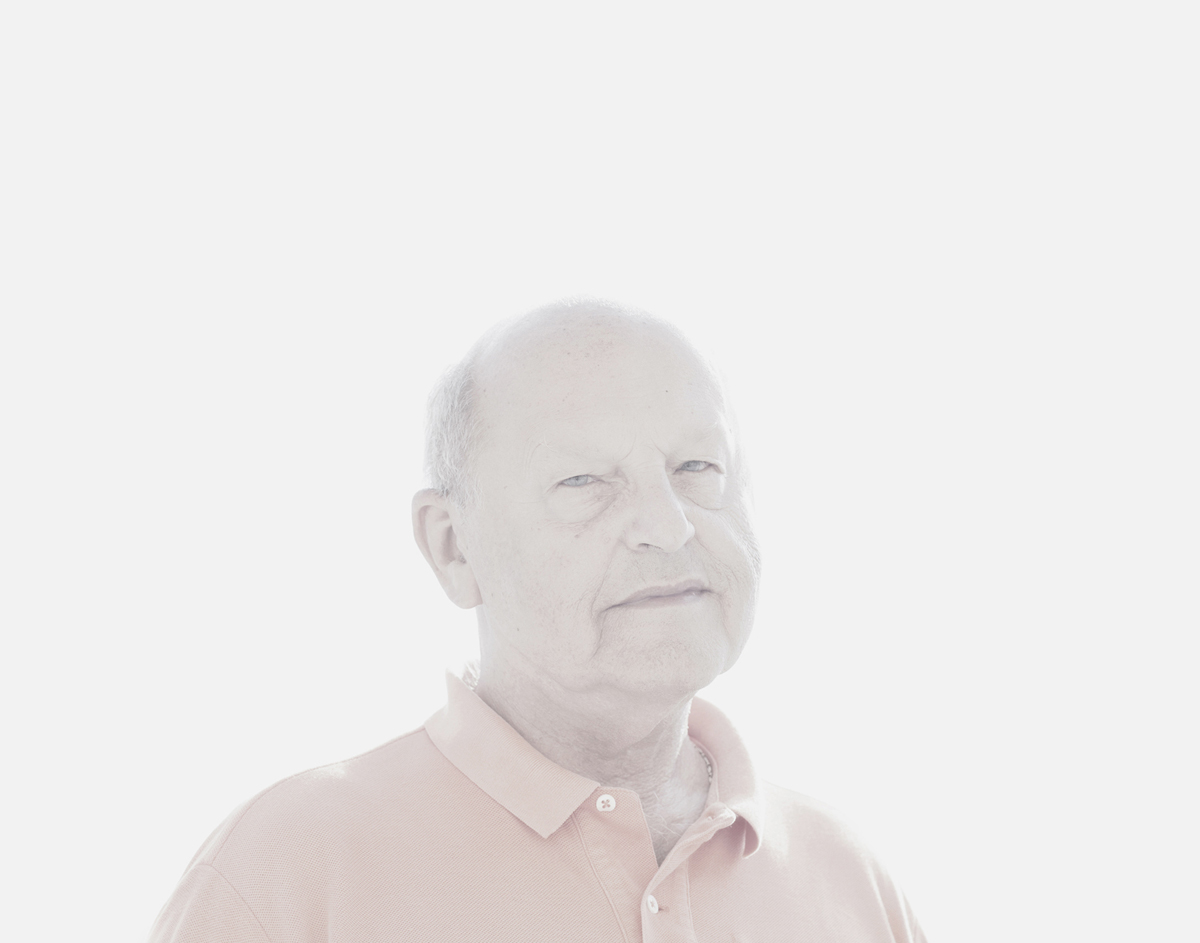
Gabor Gaylhoffer. Cause of death: heart attack (Lausanne, Switzerland, 1989)

“…I could not identify them. They looked as if they were made of spider web. They were transparent. I only felt them smiling at me and a pleasant radiance approached me. All looked so familiar…. “
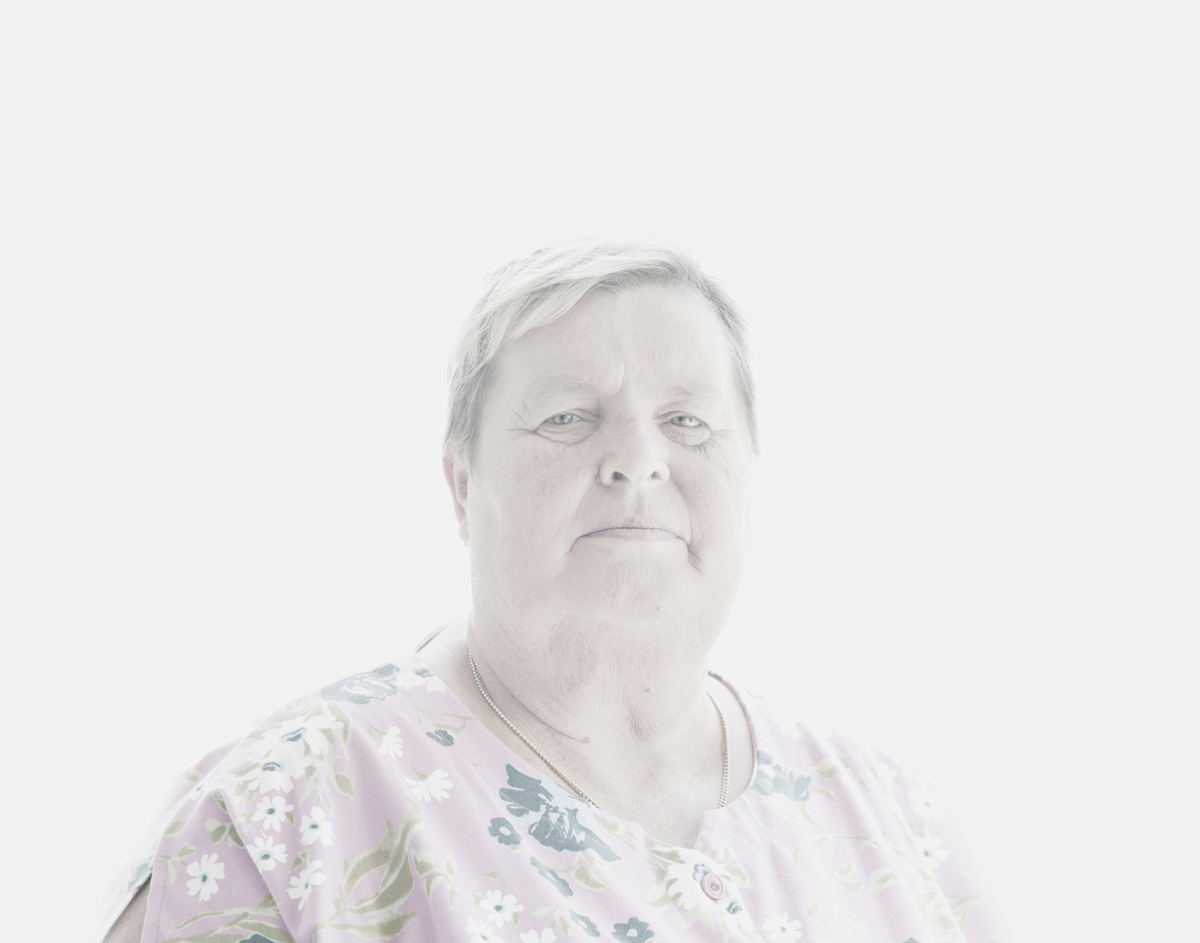
Krisztina Hirtling. Cause of death: poisoning (Szekesfehervar, Hungary, 1956)
Insiders 2013-2014
“Before he turned 29, he was only vaguely concerned about death, but life forced him to face it directly. The time came in 2008 when he lost his mother. Until then she was a vital force in his life, feeding him with energy and protecting him. For a long time he didn’t know how to deal with the infinite emptiness and bottomless grief that she left behind. The fact that she had to leave their loving family made him angry and furious, but he had no choice. He had to allow room for mourning and begin to process the loss in order to be able to live his life. One era closed and he became an adult, while ceaselessly wondering about things that might have happened to her after she departed. He was thinking about a phenomenon which was one of the greatest yet least understood mysteries of humanity. It wasn’t an easy task. For a long time he couldn’t comprehend the fact that he won’t see his mother as a flesh and blood, living person. He might have been looking for the certainty that she is at a good place without pain and she still exists in her death. He wanted to believe that she can still see us and know about him. A legion of disturbing questions engulfed him and he had no answers.
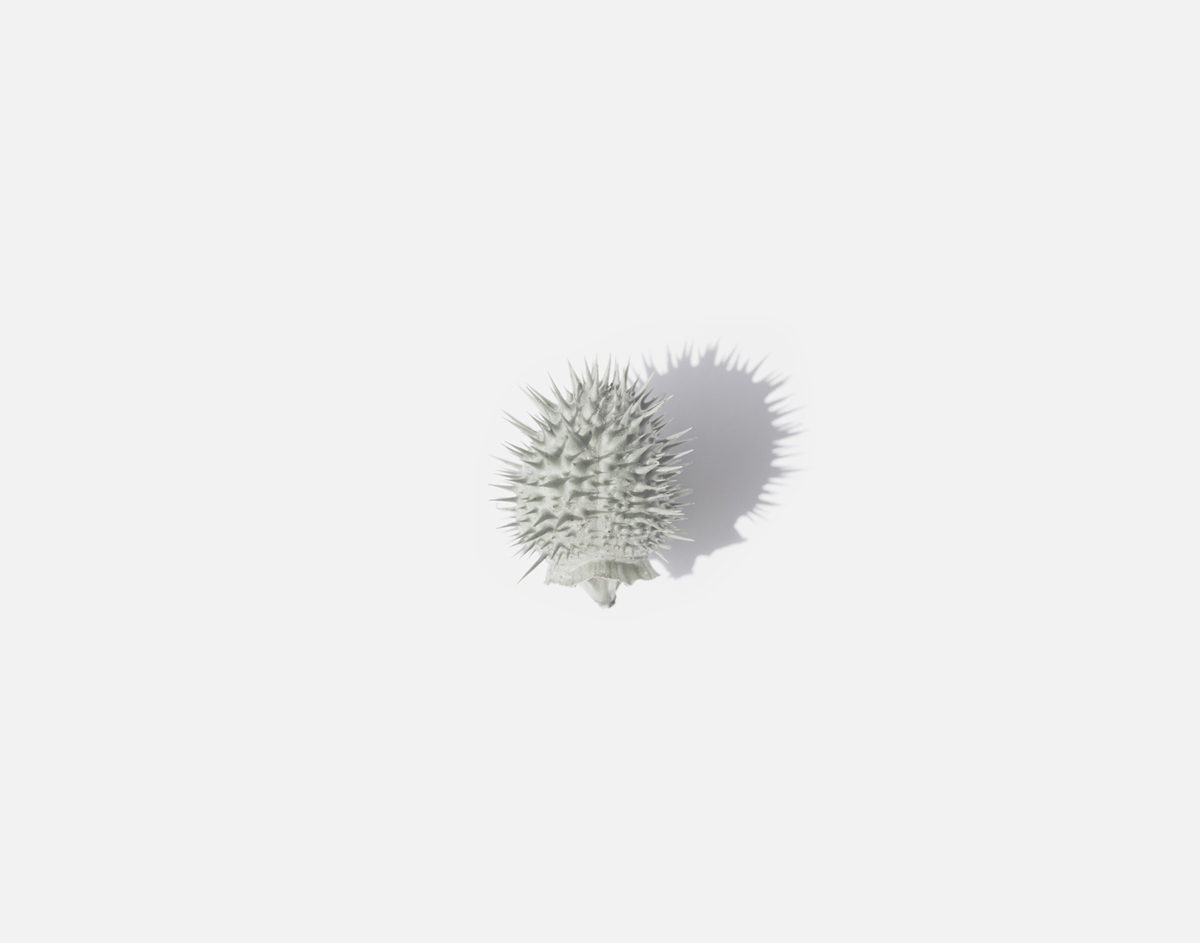
“ A poisonous weed, Jimson weed or Datura Stramonium, grew in the garden. When its fruit, a spiny capsule, is fresh and the spikes are broken off it looks like a gooseberry. My brother put one in my mouth and I bit into it, but immediately spat it out. I only remember that I had a slice of bread with a cold cut of meat and then I felt terribly sleepy and unwell.”

Tibor Putnoki. Cause of death: high blood pressure (Szolnok, Hungary, 1994)
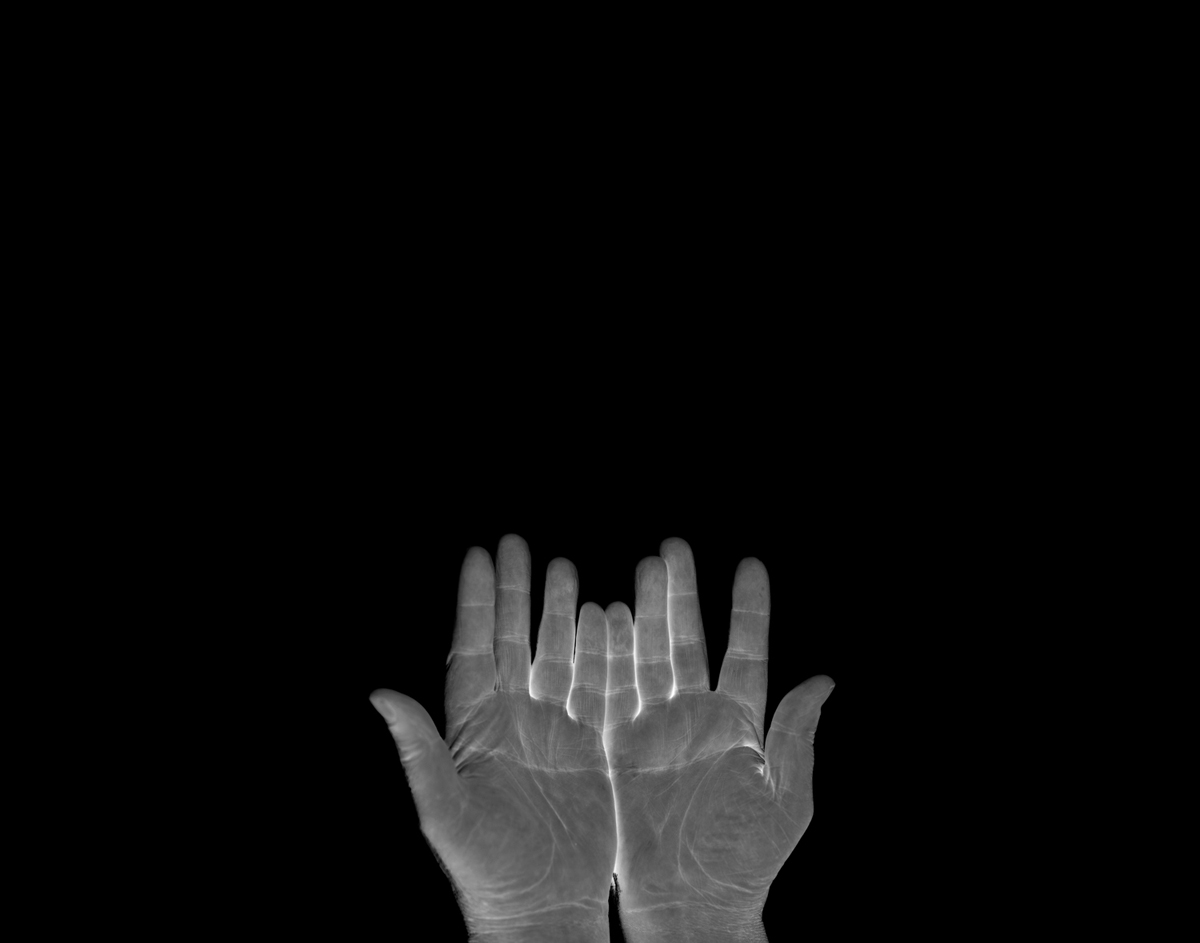
Following the nine-minute-long clinical death the Life and Head Lines joined on Tibor’s hand. Before that they had been two separate lines.
The only way he believed would bring some breakthrough in dealing with his loss was to talk about death with people who were close to it or had experienced it in some way. The protagonists of his series were chosen irrespective of religious, existential or social affiliations. These people didn’t know each other before their near-death experiences. Nevertheless, their separate stories had many similarities: eternal love, a sense of peace, timelessness, meeting with relatives who had died earlier, a sense of a very strong but not blinding light and facing the consequences of their activities on Earth in an incredible way. Many of them felt their senses had reached perfection and were in the state of “infinite knowledge”. None of them wanted to come back from this element that seemed natural and familiar to them.
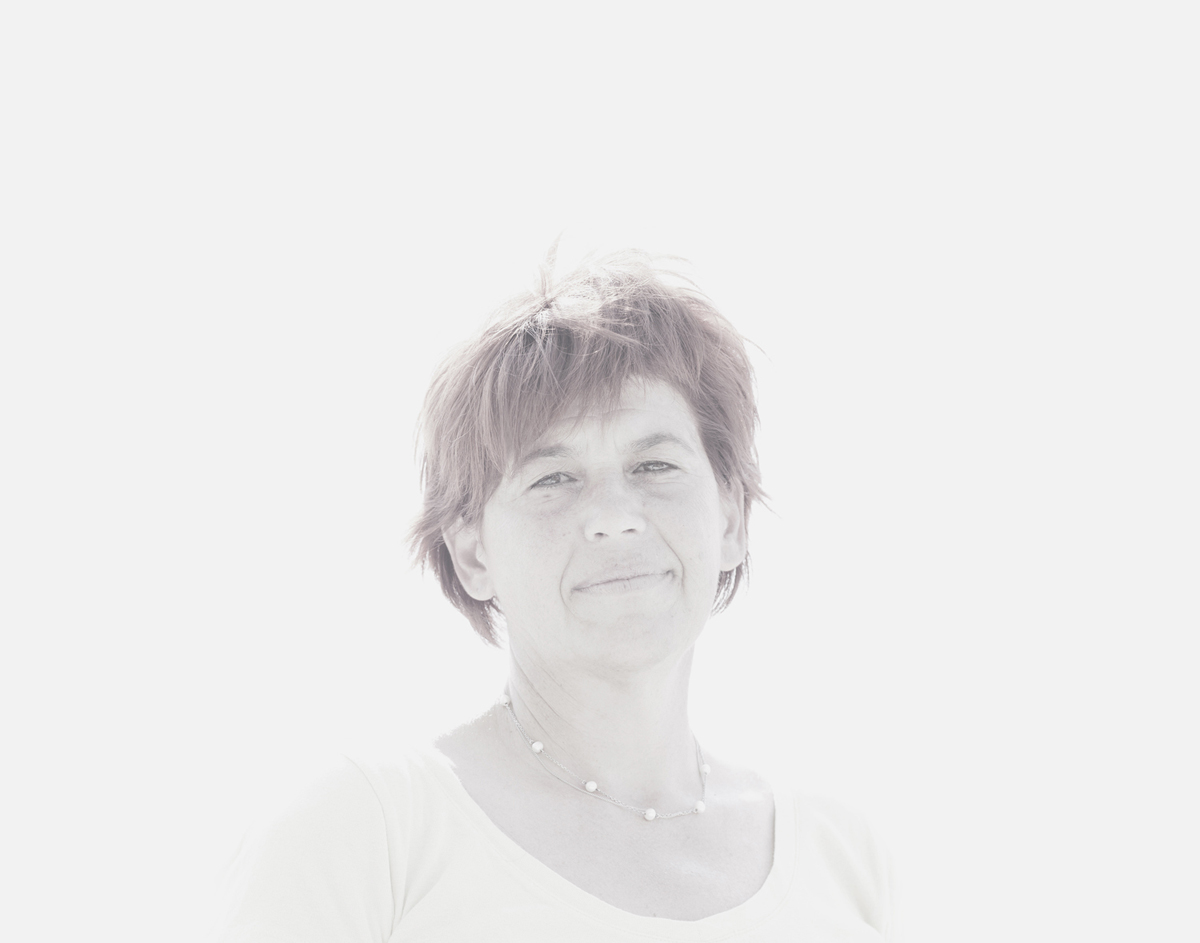
Iren Sziakisz. Cause of death: intestinal occlusion (Crohn-disease) (Dunaujvaros, Hungary, 2000)

Iren and her father on a family photo.

Peter Kovacs. Cause of death: heart attack (Duisburg, Germany, 1977)
Almost all who came back brought something along with them and left something from this world there. Following recovery, their lives went through a radical change. Everything in their lives has been revalued and rearranged: their relations with others in quantity and quality, and their stand towards the material world and money. It became clear to them that in life nothing is more important than unrestricted love, forgiveness and knowledge. They took worldly life as a kind of a preschool, which gives them a chance to develop and change.

Statue of Irma Patkos by Erzsebet Schaar which at present is in the Erzsebet Schaar Museum, Pecs
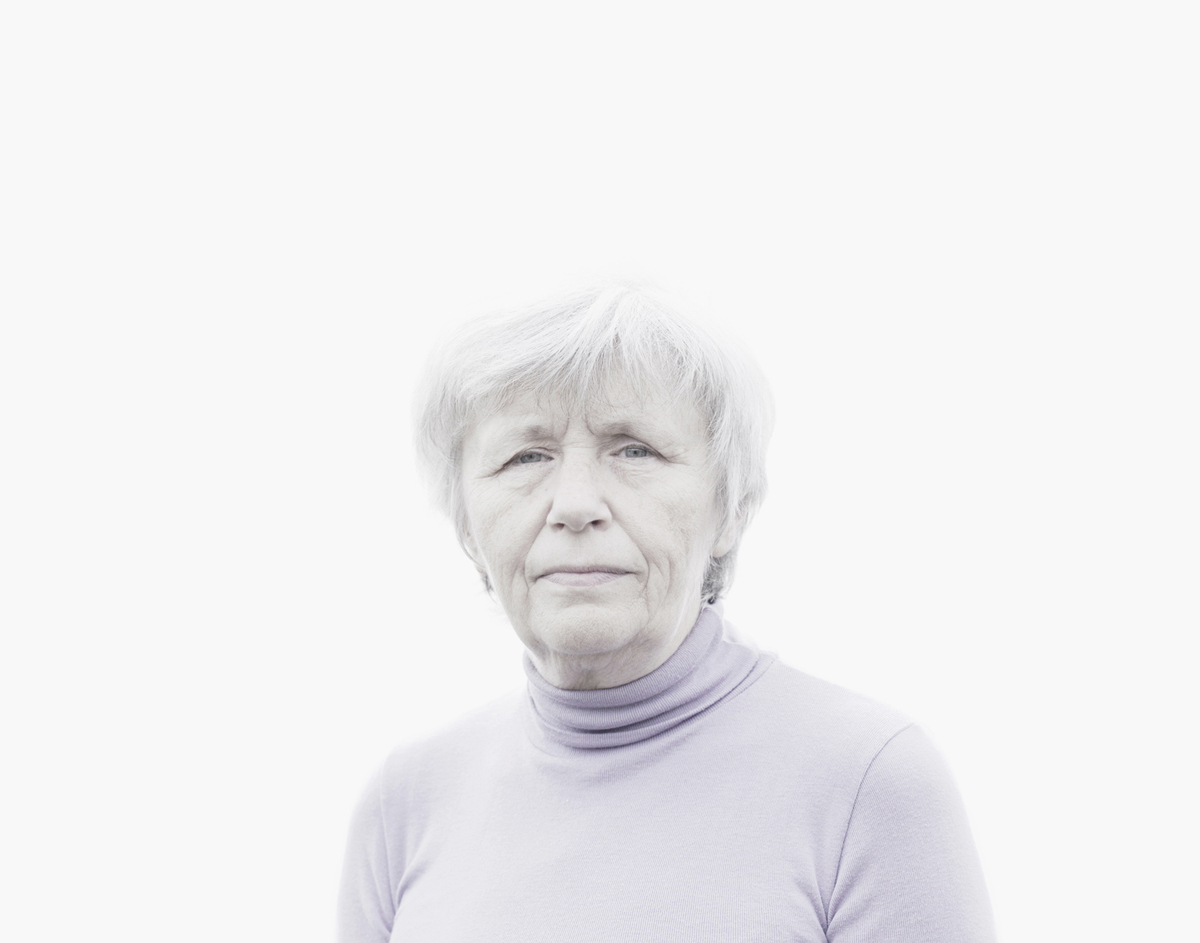
Katalin Orosz. Cause of death: drowning (Budapest, Hungary, 1963)
His series concerns the personal stories of people who have had near-death experiences. The photographs placed next to the portraits highlight a phase, a memento or a symbol taken from their stories. The subjective nature of the theme directed him to explain the unexplainable by creating a surreal atmosphere via the language of photography. The word-by-word quotations are equal in significance with the photographs, since they complement each other and create a comprehensive picture of the subject.”
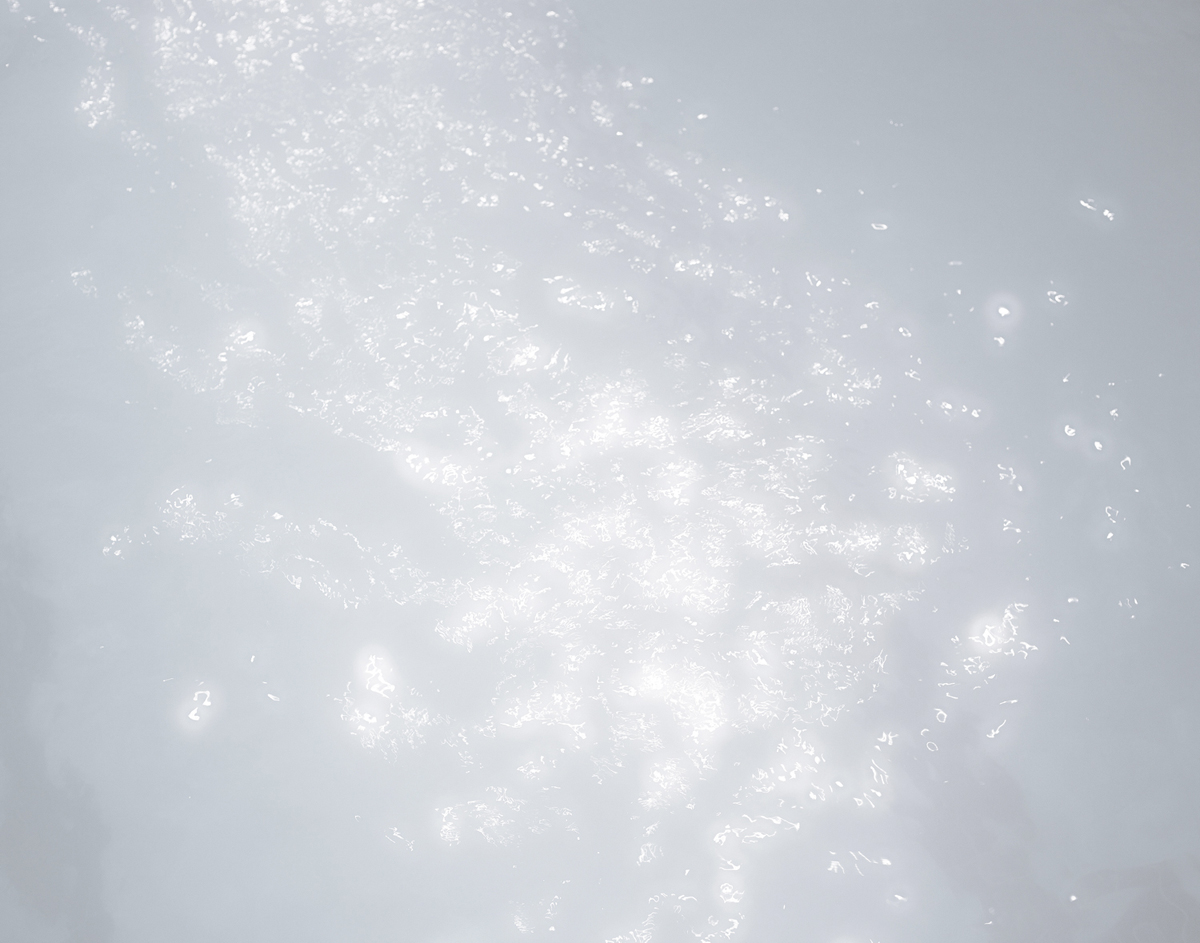
The pool where Katalin drowned at the age of 13.

Beatrix Mecz. Cause of death: loss of blood (Pecs, Hungary, 1976)
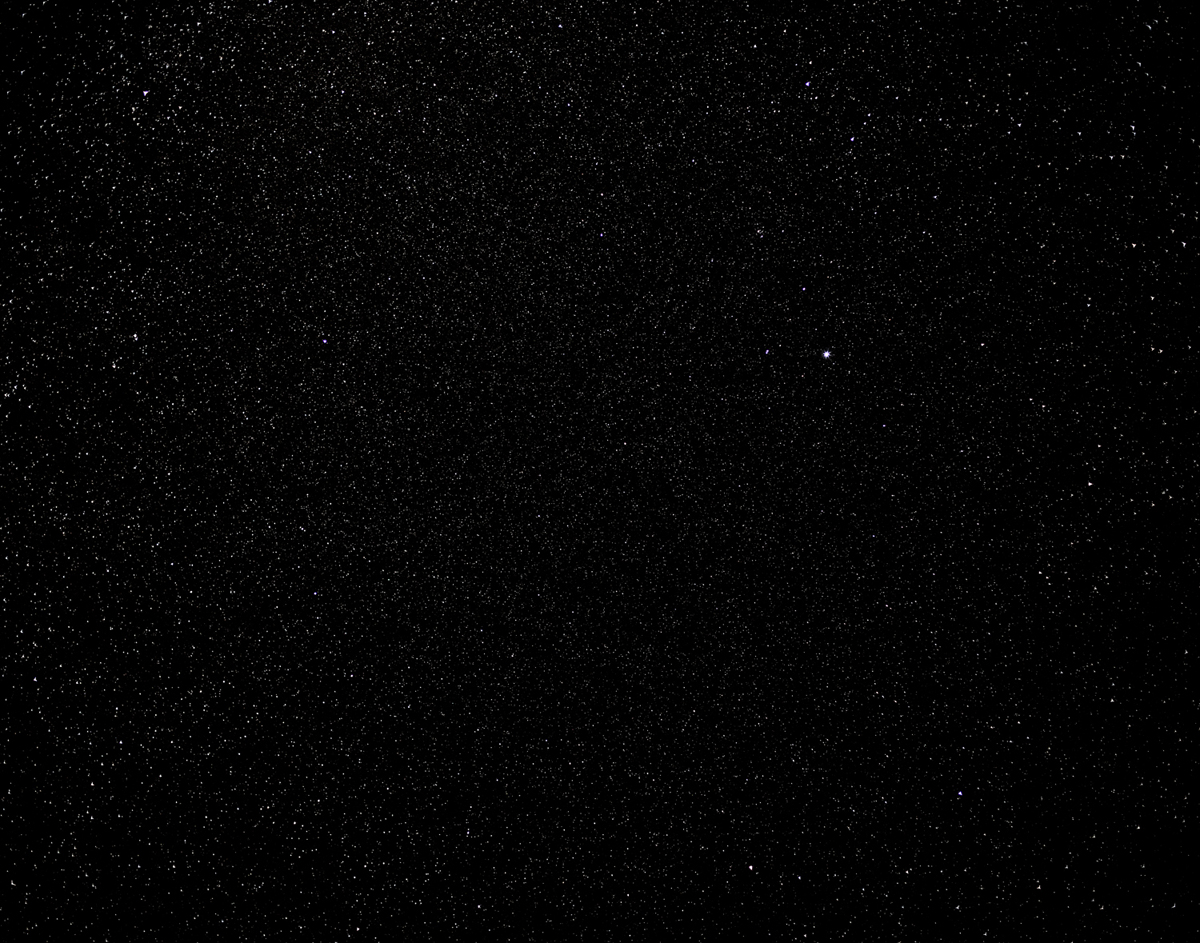
“I crossed the ceiling, the wall…as if I was being sniffed or a magnet was pulling me…I was light as a feather and I felt as if I was swimming in an ocean of love…that world is just unbelievable, plenty of planets, mist and stars. And I was just going upwards and upwards. It was so beautiful…”
To view more of Daniel’s work please visit his website.